Getting to the moon was the first part. Staying there permanently is NASA’s next big goal, and students from Michigan Tech’s Planetary Surface Technology Development Lab may soon play a big role in helping them achieve it.
Next year, a team of students in Michigan Technological University’s Planetary Surface Technology Development Lab (PSTDL) will get the chance to prove their promising design for a lunar power management system to NASA engineers. On June 27, the PSTDL team was one of four teams selected to advance to Phase 2, Level 3 of the Watts on the Moon Challenge. All four teams received a $400,000 award and a chance to compete for a share of the competition’s grand prizes: $1 million for the winner and $500,000 for the runner-up.
“We’re thrilled that we get to go on to Level 3 and show off what our solution can do, because I think we have something that’s very promising,” said Paul van Susante, assistant professor of mechanical engineering and PSTDL leader. “We’d love to see the technology we design eventually go to the moon, and this is a great way to show NASA that it can perform well in lunar conditions.”
To live and work on the moon for an extended period of time, humans will need many things — nearly all of which will require electricity. But because of how the moon orbits the Earth, supplying that power is trickier than just putting up a few solar panels. The lunar night is almost two weeks long, with long stretches of extreme darkness and frigid temperatures, and some regions of the moon are permanently shaded. To help solve such problems, NASA’s Watts on the Moon Challenge, begun in 2020, asked teams from around the country to design new technologies for storing, distributing, and managing energy for use throughout the lunar day/night cycle.
"As we tread new ground in exploration, we'll need to draw on creativity across the nation," said Denise Morris, acting program manager for Centennial Challenges at NASA's Marshall Space Flight Center in Huntsville, Alabama. “The technologies created through Watts on the Moon are one example, with new perspectives helping us address a crucial technology gap."
The PSTDL team began exploring lunar power management through their participation in the 2020 NASA BIG Idea Challenge, where they devised a system of tethered rovers to navigate the uncertain terrain and deliver power via superconducting cables. After winning the Artemis Award in that competition, they enhanced their design to incorporate a power management system and battery storage hub to connect power infrastructure elements using updated rover and electronic designs.
They call their solution TEMPEST — the TEthered Mechanism for Persistent Energy Storage and Transmission — and they test its various capabilities in a dusty thermal vacuum chamber (DTVAC), the central feature of their lab. The DTVAC can reach a low temperature of minus 196 degrees Celsius, a high temperature of 150 degrees Celsius, and a vacuum of 10E-6 Torr. It can also hold up to 3,000 pounds of lunar regolith simulant.
Team lead Travis Wavrunek said the PSTDL team is motivated not just by the challenge of enabling human presence on the moon. They also want to make a difference here on Earth.
“We see space as a field in which to do research that can help people closer to home,” said Wavrunek. “Many of the lunar technologies that we develop for space have huge implications for Earth. For instance, the battery science and thermal management problem-solving we do for the Watts on the Moon Challenge is huge for things like electric vehicles. And energy storage and transmission is important for getting away from coal power and transitioning toward renewable energies.”
"We do research for space, but as a way to help Earth."
According to NASA, advancing from Level 2 means the PSTDL team is well prepared to test prototypes of their TEMPEST system in a simulated lunar environment at NASA’s Glenn Research Center in Cleveland, Ohio. There, in spring 2024, the team’s system will be placed inside a vacuum chamber that mimics the low temperatures and absence of pressure found at the permanently shadowed regions of the Lunar South Pole. The chamber will serve to test the technology of the team’s design while troubleshooting and mitigating any issues that could occur in possible future use on the moon.
Wavrunek said the biggest challenge in Phase 2, Level 2 was the short timeline they had for completing the challenge requirements. “Getting all the parts ordered in time, getting all the design work done ahead of the February deadline — it was a very short timeline for us to do all this work, particularly because everyone on our team is also a student,” Wavrunek said. “Everyone’s taking classes. Everyone’s doing exams. We have breaks in the school year, when everyone goes back home for a time. Even if we’d had another four months, it would have been a short timeline, especially given some of the long lead times on parts and the supply chain issues we ran into. But we worked together and got everything in on time. I’m really proud of the team.”
After learning that the team advanced to Level 3, van Susante echoed that sentiment. “The team has done amazing work,” he said. “I can’t speak highly enough of all they’ve done.”
Team members who contributed to the Phase 2, Level 2 competition include Wavrunek, Marcello Guadagno, Hunter McGillivray, Collin Miller, Austen Goddu, Erik Van Horn, Chuck Carey, Parker Bradshaw, Nate Bruursema, Brian Johnson, Austin McDonald, Suhayb Zeqlam and Isaac Couling. Research engineers Ben Wiegand and George Johnson contributed additional support, as did many others.
Wavrunek said the team is looking forward to the final level of the challenge and the opportunities it presents. “We’re excited to get our battery ordered and our structures built and to see the different systems we’ve been designing start merging together to be one integrated system,” he said. “We’re also excited to get to be at NASA facilities. Some of us on the team will get to set up our system in their vacuum chambers, and test it and run through the hardware. That will be an amazing opportunity and experience.”
The Watts on the Moon Challenge is just one of the NASA Centennial Challenges in which PSTDL students are participating. Other competitions include the Break the Ice Challenge, a lunar resource excavation competition for which the PSTDL team was recently chosen to be one of 15 semifinalists.
“Engineering is always fun, because you get to build things, try them out, test them, and hopefully improve on or develop some technology that people need,” said van Susante. “But if it's NASA that needs what you’re designing, that’s even cooler.”
"Maybe something we design will go to the moon or somewhere else in space. That's one of the goals of our lab: to get a piece of hardware developed in our lab on a lunar mission to the lunar surface. It's not the only goal, but it's a big one. So competing in this challenge is a fantastic opportunity to learn and to work toward achieving that goal."
Michigan Technological University is a public research university founded in 1885 in Houghton, Michigan, and is home to more than 7,000 students from 55 countries around the world. Consistently ranked among the best universities in the country for return on investment, Michigan’s flagship technological university offers more than 120 undergraduate and graduate degree programs in science and technology, engineering, computing, forestry, business and economics, health professions, humanities, mathematics, social sciences, and the arts. The rural campus is situated just miles from Lake Superior in Michigan's Upper Peninsula, offering year-round opportunities for outdoor adventure.
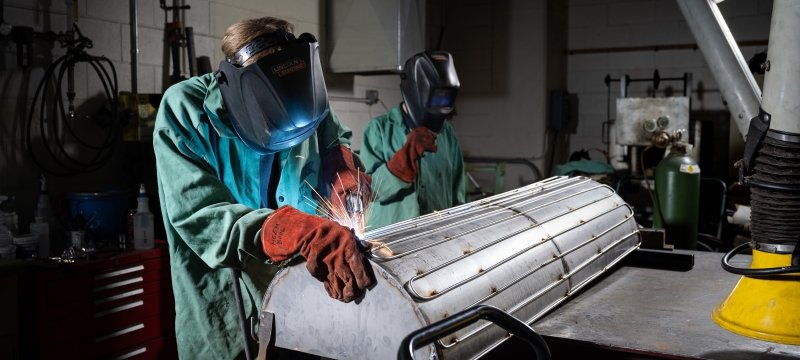
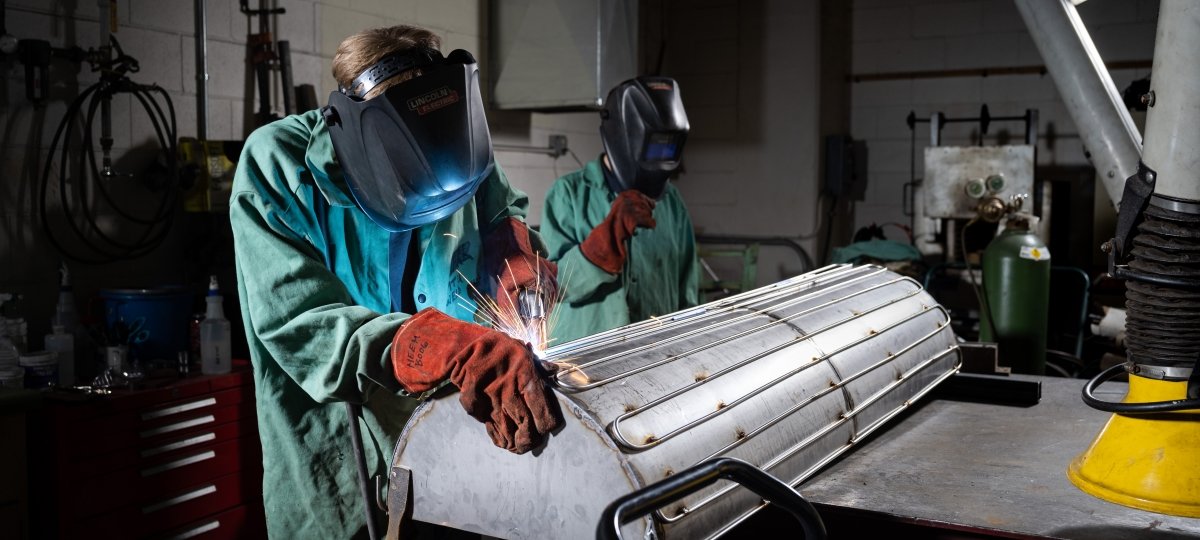

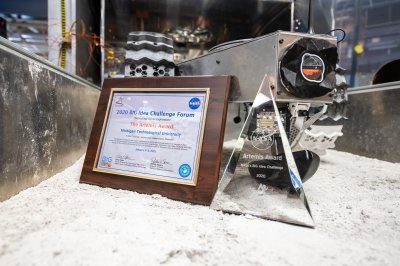
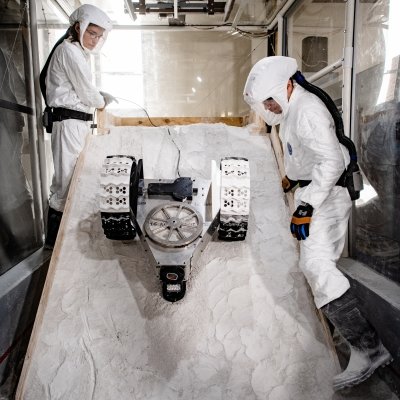
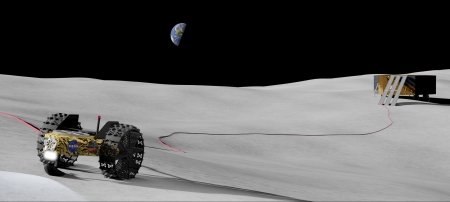
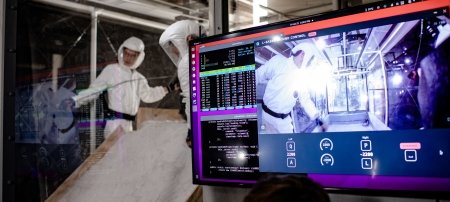
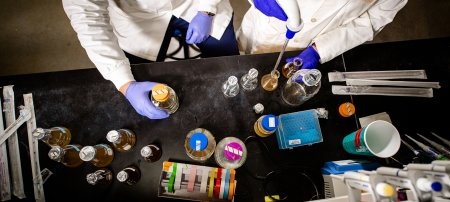
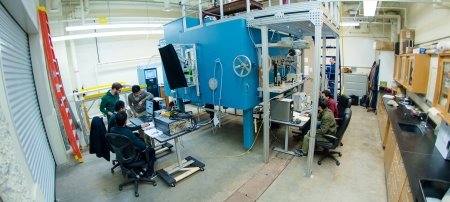
Comments